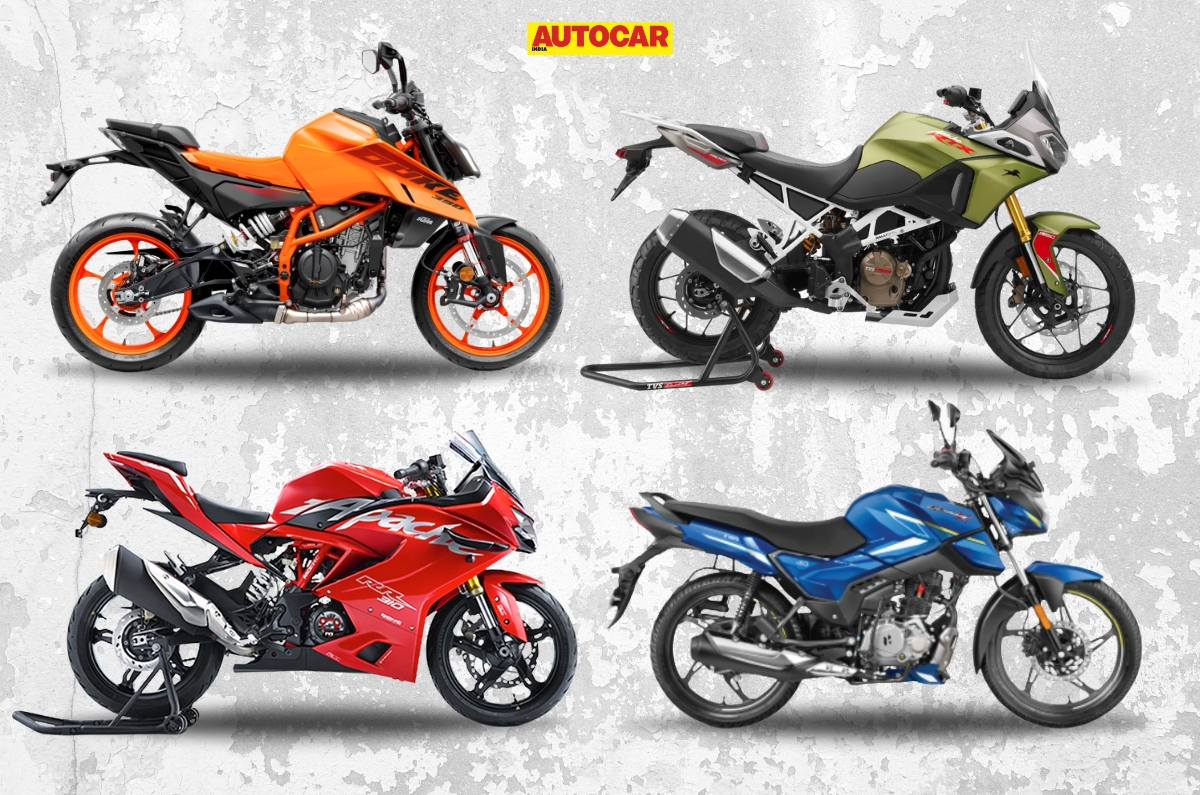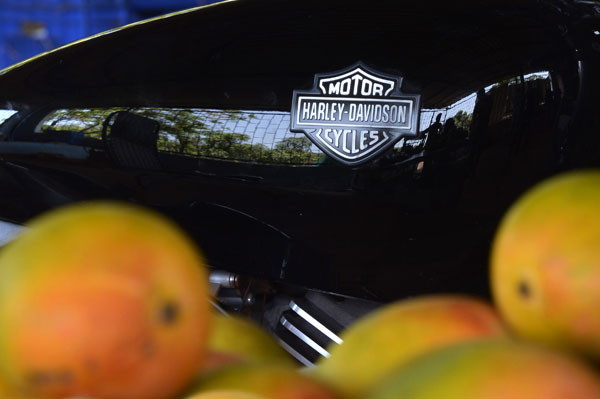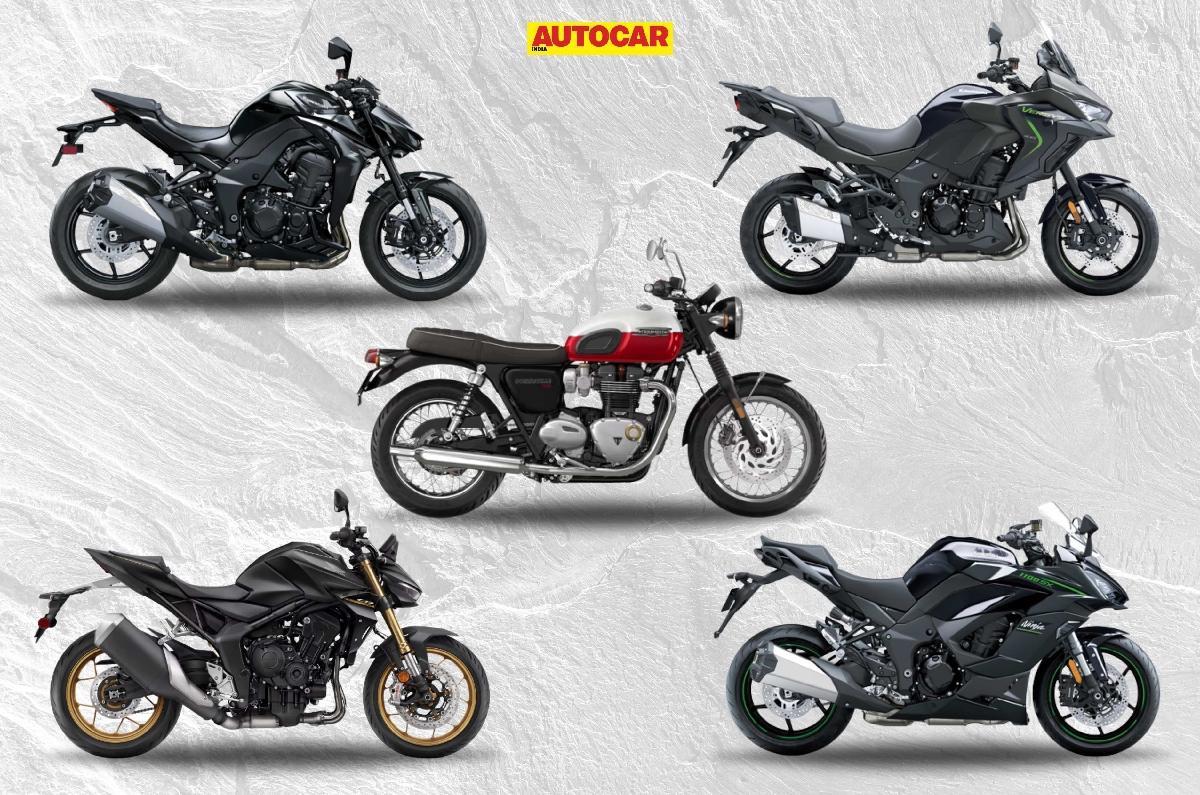Is it just me or does summer seem to arrive earlier and with more intensity each year? The mercury is already into the 40s here in Maharashtra, and with all of May ahead of us, the worst is yet to come. Like many, you’re probably dreading the thought of being on a motorcycle for the next couple of months, but there are a number of ways to make sure riding in the summer isn’t as taxing.
Base layers
The first tip to beat the heat while riding comes before you even climb aboard the motorcycle. Wearing the right base layers can be the difference between staying comfortable on your ride and falling prey to exertion. What you want for the summer is a thin, breathable base layer made from a wicking material that will absorb your perspiration and allow it to evaporate, giving you the benefit of evaporative cooling. In extreme cases, you can even wet the base layer with water to provide additional evaporative cooling.
What you don’t want to do is wear a regular cotton T-shirt, because this will retain the sweat and stick to your body, and you will end up stewing under your riding gear.
There are added benefits, too – light base layers are quick to dry after being washed, and make it easier to slide on and off your riding gear. We found the Raida base layers to be a great companion for riding in the summer, and you can check out our review here.
Mesh riding gear
The next tip pertains to the riding gear itself. Gear comes in all sorts of different varieties, and what you want for the summer is mesh riding gear. These are textile garments that feature large sections of breathable mesh panels which provide ventilation on the move. Having airflow coming through to your base layers is important for them to function as they should, and mesh riding gear allows this to happen.
Certain textile jackets also feature mesh panels that can be opened or closed with a flap (as opposed to traditional mesh jackets where the mesh panels are always open), and these are a good compromise for hot and cold weather riding. Needless to say, leather is not advisable for road riding in the summer – even perforated leather garments are too hot for our summers, and these are best limited to track use only.
Hydration
Riding in the summer means perspiring, and then using the evaporation of that perspiration to keep your body cool. It’s one of the reasons why we perspire in the first place. But what this also means is that your body is losing water much faster than it normally does, and it’s up to you to replenish this lost water content. Periodically gulping large amounts of water on your stops isn’t conducive to water absorption by the body, and what you want to be doing instead is constantly sipping smaller amounts of water throughout your journey. The way to do this is by using a hydration pack.
I like to cap the capacity at 2 litres because anything more than that becomes a little too heavy to carry on your back. Fill it up before you set off, remind yourself to keep sipping on it through the journey, and replenish it whenever needed. Remember, if you feel dehydrated, then it’s already too late. The aim is to preemptively fight off dehydration.
This also means you need to prepare yourself before the journey begins, by pre-hydrating. Ideally, studies show that you want to drink 3mL of water per 500gm of body weight, around 3-4 hours before you ride.
The Decathlon Rockrider hydration pack makes for a great entry-level option to get started on your journey, and you can read our review of it here.
Time your ride
Of course, the best way to beat the heat is to simply avoid it. If your journey is not going to take a full day, then you’re better off starting early in the morning, and getting done before the peak of the afternoon, when the mercury is at its highest. One of the advantages of summer is that the days are longer, meaning that even setting off at 5.30am or 6am doesn’t have to mean riding in total darkness. If your ride can’t be completed by afternoon, then try to sit out that mid-day period, replenishing yourself with food and drink, and giving your body a break.
If your bike has capable headlights, you can even consider riding in the dark. It has its own risk factor, but that can be tackled in its own ways, and at least the heat is taken out of the picture.
Accessories
In addition to your base layers and riding gear, there are some accessories that you can purchase to further help you remain cool in the heat. A cooling vest is a great way of doing this; these essentially take the concept of evaporative cooling to the extreme. They’re made from hyper-absorptive materials that retain large amounts of water and then slowly let it evaporate over an extended period, giving you a cooling effect over quite a long duration. You wet it thoroughly before you set off, wear it over your base layer and under a mesh jacket, and then simply let it do its job.
Another accessory that works on the same concept is a neck tube. Find one that’s thin and breathable, like your base layers, and wet it thoroughly before you set off. Since it comes directly in contact with your skin, the cooling effect is more pronounced, but it also tends to dry out quicker because it’s subjected to direct airflow. So you will need to keep wetting it frequently.
Wind protection
When riding in the summer, excessive wind protection on your motorcycle can be a bad thing. You want enough of it to keep windblast sufficiently at bay, but not so much that it becomes stuffy in the saddle. If you’ve installed additional wind protection on your bike, consider uninstalling it for the summer; if your bike offers an adjustable windscreen, keep it in a lower position. Remember, everything that you’re wearing to keep you cool needs a sufficient amount of airflow to do its job properly.































